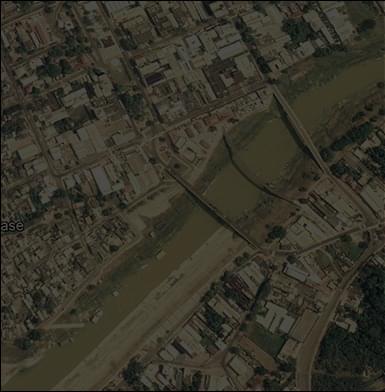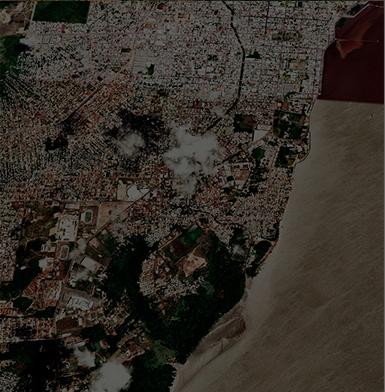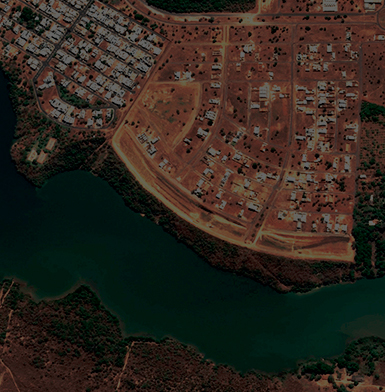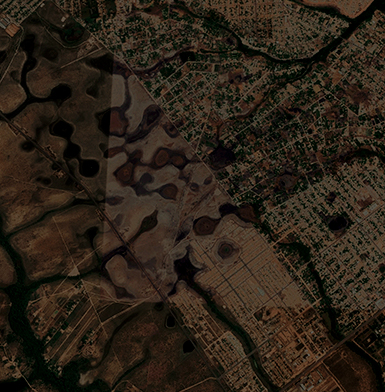Urbanização desigual de Porto Velho (RO) tem gênero e raça, revela estudo
[Fonte: Originalmente publicado pelo Alma Preta Jornalismo Texto: Fernanda Rosário | Edição: Nadine...

The socio-spatial analysis of urban environments in the Legal Amazon seeks to contribute to the processes of elaboration and/or revision of Master Plans in the cities of Belém (Pará), Manaus (Amazonas), Macapá (Amapá), São Luís (Maranhão) and Rio Branco (Acre), with regard to the promotion of public policies to combat Climate Change in spaces historically structured by racial, ethnic, gender and social inequalities. It is up to the municipalities to structure actions that reach the Global Climate Agenda and implement the commitments of the Sustainable Development Goals (SDGs) of the 2030 Agenda of the United Nations (UN).

know more

know more

know more

know more

know more

know more

know more

know more

know more
The Region corresponds to the area of activity of the Superintendence for the Development of the Amazon - SUDAM, pursuant to Complementary Law n. 124/2007. It covers an area of more than 5 million square kilometers, representing 59% of the Brazilian territory, encompassing nine states and 762 municipalities. The Legal Amazon is a political-administrative territory created by the Brazilian government in the 1950s for economic growth policies. 13% of the Brazilian population, 60% of the country's indigenous peoples, and 876 quilombola communities with a certificate of self-recognition live in the region.
Studies on Climate Change in the context of the Legal Amazon are presented on two scales: the first, due to the globalization of the natural capital forest; and the second national, that is, the forest for economic growth. In this construction, the Legal Urban Amazon is made invisible in socio-spatial segregation, as well as the place of life of the majority of the population, impacted by unhealthy occupations, without income, with poor water quality, food insecurity, with poor air quality and vulnerable to events extreme weather. This is our basis for analysis in the face of the climate crisis.